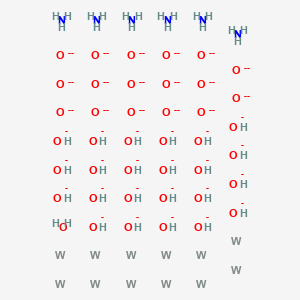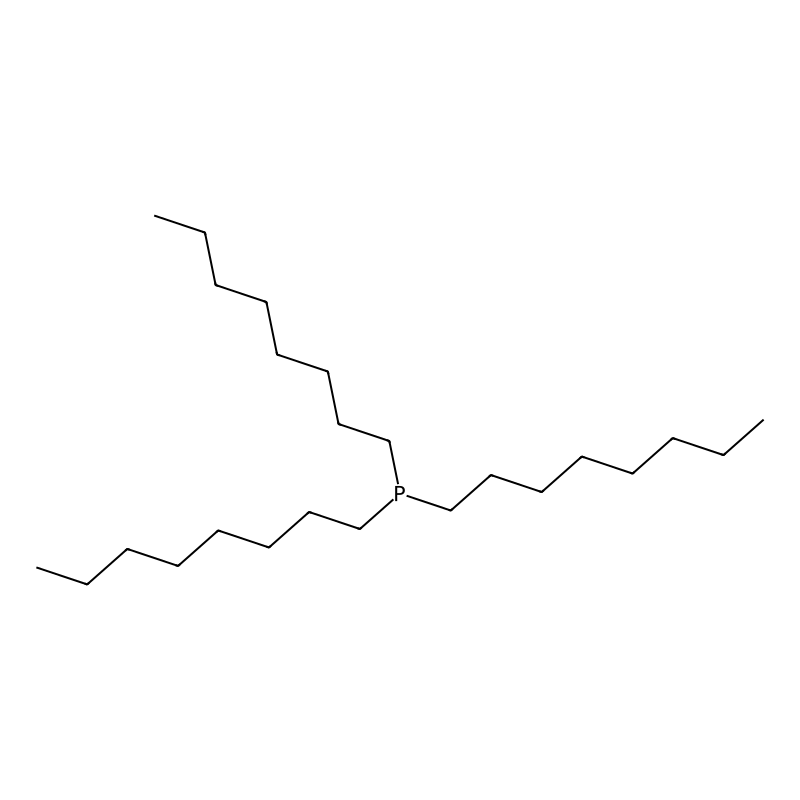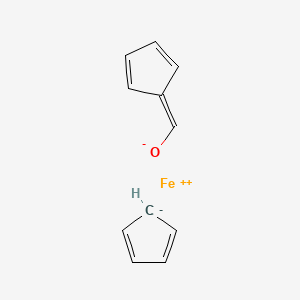Transition Metal Catalysts
CAS No.:13815-94-6
Molecular Formula:Cl3H2ORu
Molecular Weight:225.4 g/mol
Availability:
In Stock
CAS No.:1153-05-5
Molecular Formula:C18H15AsO
Molecular Weight:322.2 g/mol
Availability:
In Stock
CAS No.:12146-37-1
Molecular Formula:C11H8MoO4
Molecular Weight:300.1 g/mol
Availability:
In Stock
CAS No.:12333-11-8
Molecular Formula:H2O.6H3N.H8O40W12
Molecular Weight:2974.3
Availability:
In Stock
CAS No.:4731-53-7
Molecular Formula:C24H51P
Molecular Weight:370.6 g/mol
Availability:
In Stock
CAS No.:12093-10-6
Molecular Formula:C11H10FeO
Molecular Weight:214.04 g/mol
Availability:
In Stock
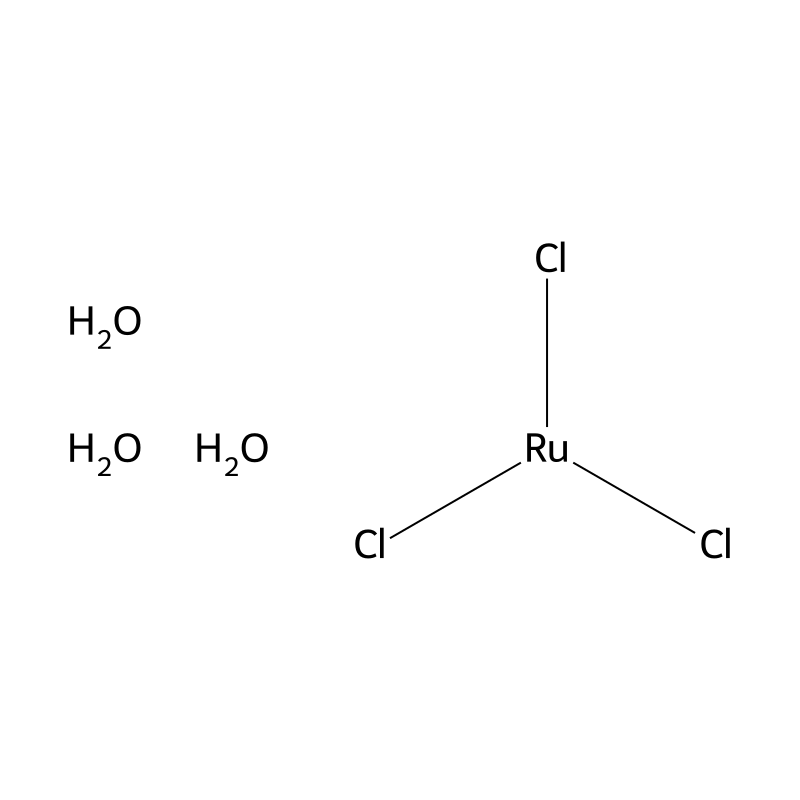
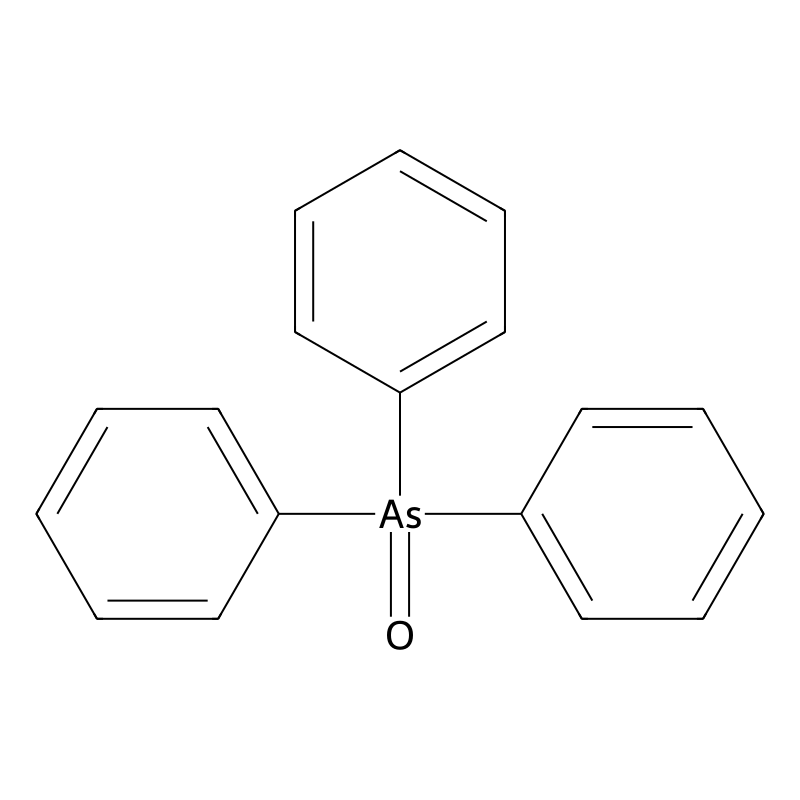
![(BICYCLO[2.2.1]HEPTA-2,5-DIENE)TETRACARBONYLMOLYBDENUM](/img/structure-2d/800/S1505014.png)
